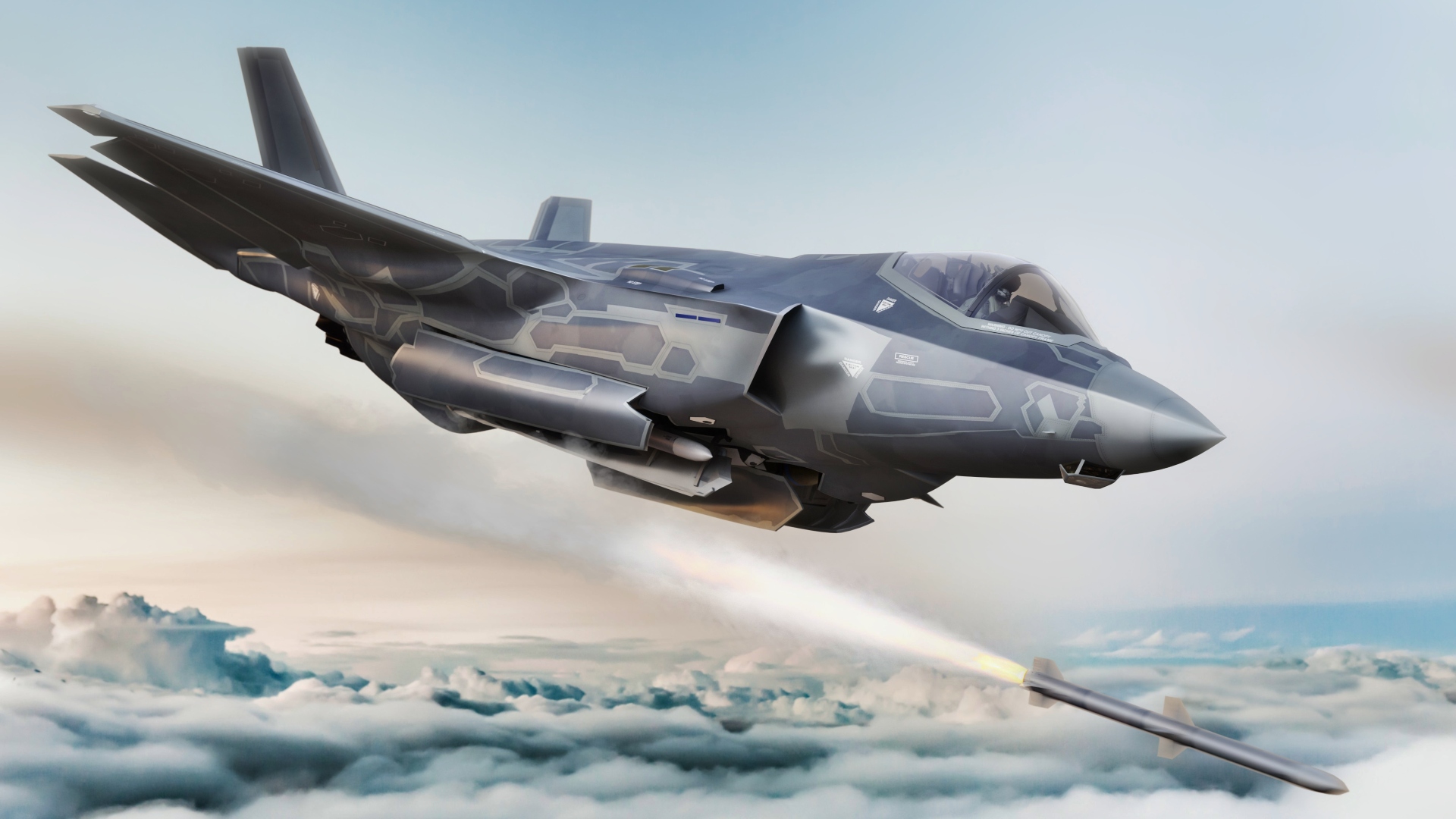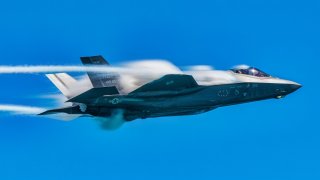F-35: The $2 Trillion Fighter Plane with Problems
The Government Accountability Office (GAO) reports the lifetime cost of the F-35 Lightning II is now projected to exceed $2 trillion, a rise attributed to inflation and extended service expectations through 2088.
Summary: The Government Accountability Office (GAO) reports the lifetime cost of the F-35 Lightning II is now projected to exceed $2 trillion, a rise attributed to inflation and extended service expectations through 2088. The fifth-generation stealth aircraft, with an acquisition cost of $442 billion, is facing increased sustainment costs and reduced flight hours due to high operational expenses. Despite its advanced capabilities, the F-35’s operational affordability remains a challenge, with the Department of Defense struggling to implement cost-saving measures. Reduced readiness, attributed to various logistical and support issues, complicates efforts to enhance the aircraft's flight time and mission availability.
F-35's $2 Trillion Price Tag: Inflation and Longevity Drive Cost Increases
The Lockheed Martin F-35 Lightning II has been repeatedly touted as the most capable combat aircraft in service today, but a government watchdog warned that it costs more and is used less than anticipated. According to a new Government Accountability Office (GAO) report to lawmakers, the F-35 Strike Fighter's total cost is now expected to top $2 trillion over its entire life span – an increase from the $1.7 trillion lifetime cost the group reported just last September.
That includes nearly $1.6 trillion in sustainment costs – a 44% increase from the $1.1 trillion sustainment price tag estimated in 2018. The aircraft now has an acquisition cost of around $442 billion.
It should be stressed that the increase comes partly due to rising inflation but also to U.S. military plans to keep it in service longer than initially anticipated. The fifth-generation stealth aircraft is now targeted to remain in service through 2088, which is 11 years longer than the U.S. military services had previously anticipated. However, efforts by the United States Department of Defense (DoD) to rein in the program's costs continue to fall short.
The DoD currently operates and sustains about 630 F-35 aircraft – in three variants – and plans to buy about 2,500 in total by the mid-2040s.
Less Time in the Air for F-35
The GAO also found that F-35 is spending less than expected in the air. In 2020, the F-35 Joint Program Office (JPO) had forecast that the Lightning II fleet would fly more than 382,000 hours per year by the mid-2030s. That estimate has been dropped to just over 300,000 hours per year.
On Monday, Diana Maurer, director of defense capabilities and management at the GAO, explained in the GOA's Watchdog Report podcast, "[The U.S. Air Force, Navy, and Marine Corps are] trying to balance some pretty powerful forces. On the one hand, the F-35 has some truly cutting-edge capabilities. It's a stealthy aircraft. Pilots tell us how they can see potential adversaries before adversaries can see them, which gives them an advantage. The system is able to collect a lot of information and share it with other aircraft and other systems. So it's a force multiplier from that perspective. These are all great capabilities. However, it's very expensive to fly and operate."
Maurer further noted that in a GAO report issued three years ago, the watchdog group found that the three services that fly the F-35 were staring at "mammoth affordability gaps," and saw the cost to operate the aircraft and the cost of what they said they could afford to spend.
"That was going to be billions of dollars per year," added Maurer. "One of the ways to help reduce or close those affordability gaps is to decide to fly the aircraft less often. Which is what they have done."
Operating the aircraft less often seemed to be one of the options – and it appears to be the one selected by the respective services.
"To close that affordability gap between the cost to operate and what they say they can afford to spend, there are three different things they could do. One is to make it less expensive to fly. Second is to fly it less often. And the third is to decide to spend more money," Maurer continued. "It turns out that there's not much that they've been able to accomplish to reduce the overall cost to operate the system. They've been making great strides. A lot of initiatives, but they haven't really moved the needle on that very much. What they have done is to reduce the number of hours they plan to fly the aircraft."
Reduced Readiness
A major concern now is that the F-35 may not be able to spend more time in the air, even if the services wanted to spend the money to make it happen. The GAO report stressed that the overall availability of the Lightning II has trended downward considerably over the past five years, and none of the variants are meeting availability goals (i.e., the percentage of time the aircraft can perform one of its tasked missions).
The reduced F-35 readiness is due to several factors including a heavy reliance on contractors, inadequate training, lack of technical data, lack of spare parts, and lack of support equipment. The JPO has sought to address these issues – including the costs.

"[JPO has] continued to reduce sustainment costs through growth and maturation of the F-35 Enterprise including JPO Product Support Manager efforts to drive down contract costs; better alignment of US Services requirements and budgets; and an active cost reduction initiative pipeline," JPO spokesperson Russ Goemaere said in a statement to Defense One.
Recommendations Not Heeded
In its most recent report, the GAO further stated, "Since 2014, we have made 43 recommendations to improve the department's operation and sustainment of the F-35 program. While DOD concurred with many of these recommendations and has implemented some of them, 30 (about 70 percent) remain unimplemented."
Pentagon officials have continued to pursue cost savings efforts, yet, many agree that those efforts may not fundamentally change the estimated costs to operate the aircraft.
Author Experience and Expertise: Peter Suciu
Peter Suciu is a Michigan-based writer. He has contributed to more than four dozen magazines, newspapers, and websites with over 3,200 published pieces over a twenty-year career in journalism. He regularly writes about military hardware, firearms history, cybersecurity, politics, and international affairs. Peter is also a Contributing Writer for Forbes and Clearance Jobs. You can follow him on Twitter: @PeterSuciu.
You can email the author: [email protected].


